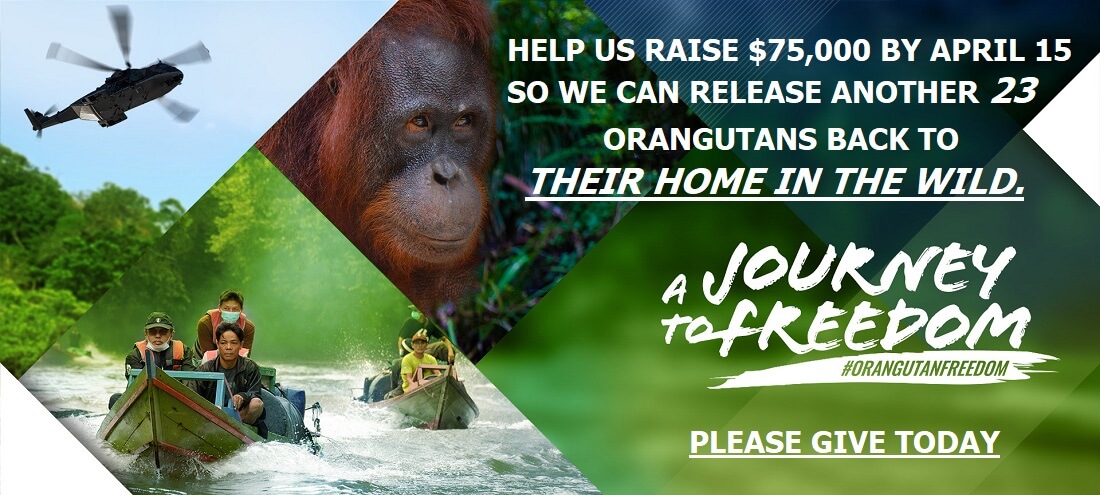CAMERA TRAPS UNVEILING ABUNDANCE OF BIODIVERSITY

Wildlife monitoring technology has evolved significantly in recent years, with camera traps being one example. Since 2024, the PT. Restorasi Habitat Orangutan Indonesia (PT. RHOI) team has installed six Reconyx Hyperfire infrared cameras in the Kehje Sewen Forest.
How Camera Traps Work
Despite its name, “Camera Trap,” this device poses no harm to wildlife. Camera traps are a non-invasive tool used to monitor animals, including orangutans. This conservation tool can observe orangutans’ activity for 30-60 days in distant and difficult-to-access locations without requiring physical presence. These cameras can also collect information on the existence, behaviour, life cycles, and interaction patterns of animals.
Camera traps are not as tricky as they may appear. These clever conservation tools are regular cameras equipped with infrared sensors. They work by detecting movement, automatically capturing images of passing animals. This non-invasive technology allows researchers to document a variety of animal behaviours without disturbing their natural habits.
Camera Trap Installation
The rangers strategically place camera traps at six key points throughout the Kehje Sewen Forest. These locations are approximately 500 to 1,000 meters apart along existing trail systems. This arrangement enables the traps to cover most of the forest interior, which is challenging to access regularly.

The banded civet (left) and the rare Bornean crested fireback are just two of the amazing species captured by the camera traps.
The cameras are in lockable boxes, based on the assumption that rehabilitated orangutans, which are more curious than their wild counterparts, will find these cameras intriguing and worth investigating. Data collection involves swapping out SD cards and batteries. The field team regularly downloads the images from the SD cards, stores them on hard drives, and emails them to their colleagues at headquarters.
Wildlife Captured by Camera Traps
Although the primary goal is to monitor orangutans, the camera traps have successfully recorded many wildlife species since this project began. These include sun bears (Helarctos malayanus), maroon leaf monkey (Prebystis rubicunda), barking deer (Muntjacus spp.), and the rare Bornean crested fireback (Lophura ignita), whose presence is now known to be extremely scarce. This information undoubtedly helps the PT. RHOI team to monitor wildlife population health and to assess the effectiveness of habitat protection measures.
The use of camera traps also significantly aids researchers in gathering vital information that supports efforts to preserve orangutans and other wildlife in the Kehje Sewen Forest while ensuring that animals remain undisturbed in their natural environment.
Learn more about our conservation efforts here.





